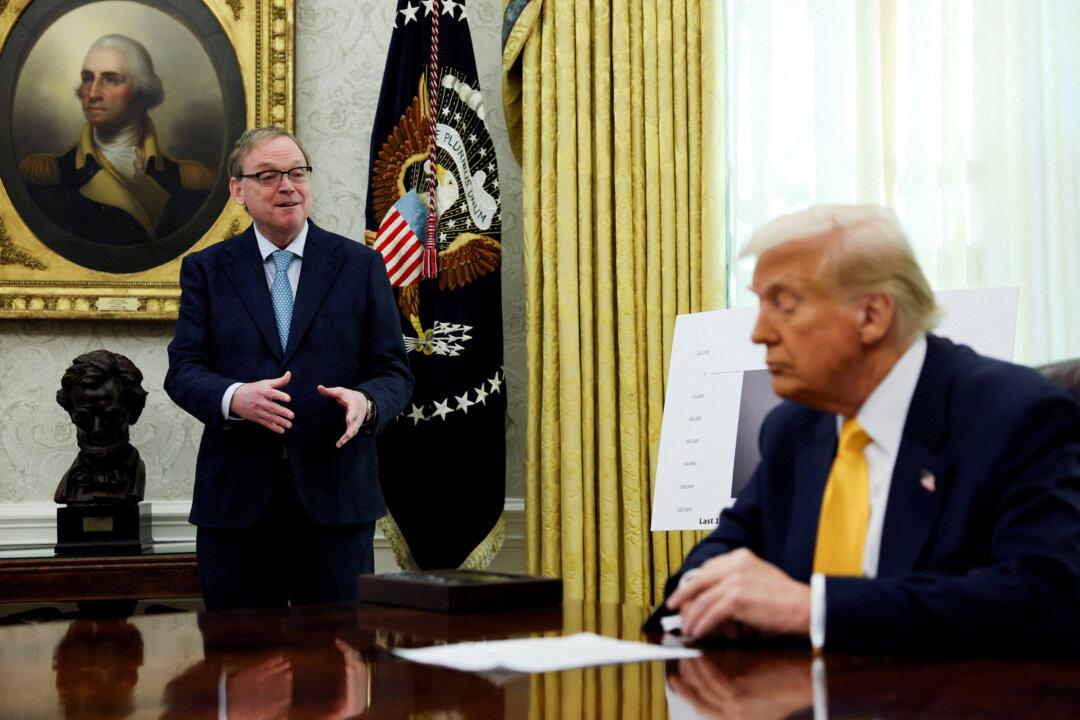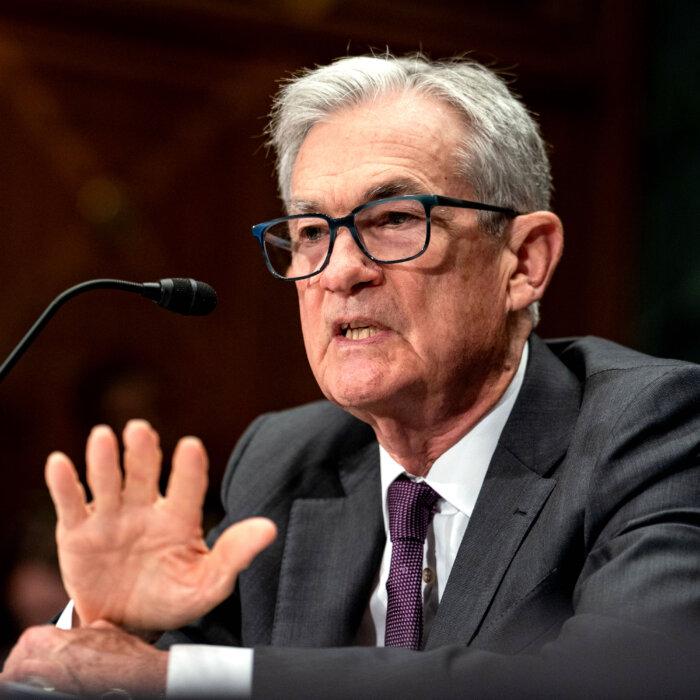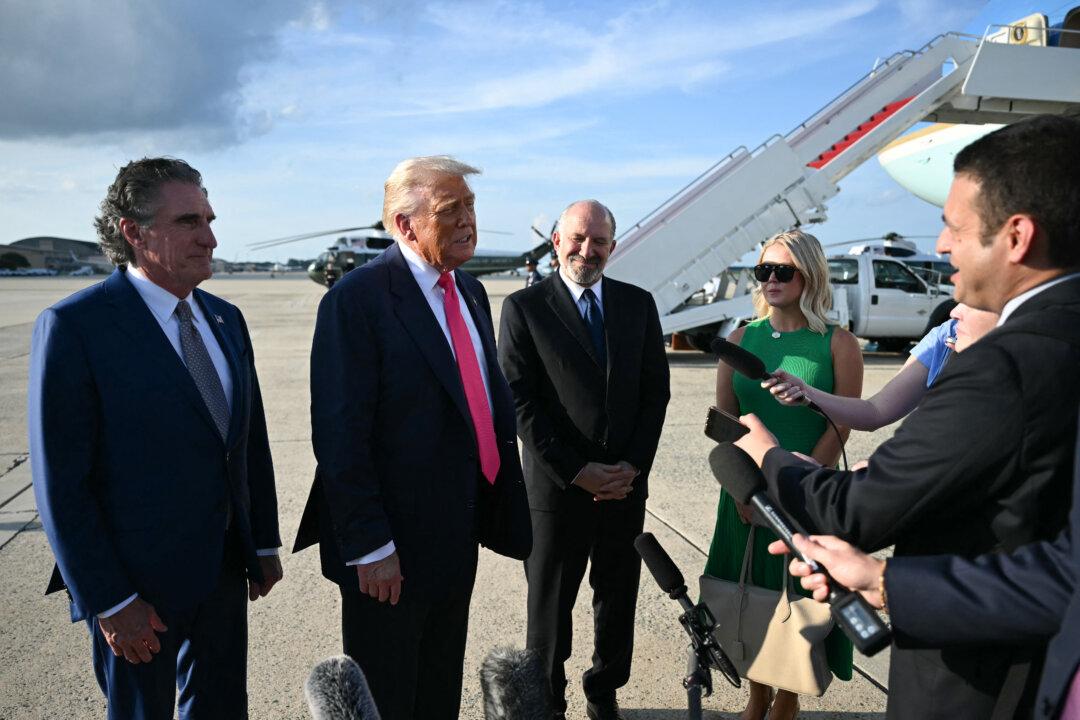When asked whether the president had the authority to fire the Fed chair, Hassett replied: “That’s a thing that’s being looked into. But certainly, if there’s cause, he does.”
Hassett was asked whether this could be a reason to fire Powell from the post of Fed chair.
Whether Trump deems this a reason to remove Powell “is going to depend a lot on the answers that we get to the questions that Russ Vought sent to the Fed,” he added.
The Fed should have set rates between 0.25 and 1.75 percent, like other nations such as Japan, Denmark, Cambodia, and Switzerland, he said. At present, the Fed’s benchmark interest rate sits in a range of 4.25 to 4.5 percent. In June, the Fed kept rates unchanged for its fourth straight meeting.
The Fed’s interest rate decisions significantly affect the economy, determining interest rates on debts taken by the government, businesses, and citizens.
“If they were doing their job properly, our Country would be saving Trillions of Dollars in Interest Cost,“ Trump said. ”The Board just sits there and watches, so they are equally to blame. We should be paying 1 percent Interest, or better!”
Powell justified the Fed’s stance with concerns about inflation. After the central bank’s June 18 meeting, he said inflation continues to be “somewhat elevated relative to our 2 percent longer-run goal.”
The effect of the Trump administration’s tariffs on inflation could take some time to be visible as it makes its way through the distribution chain “to the end consumer,” he said.
“For the time being, we are well positioned to wait to learn more about the likely course of the economy before considering any adjustments to our policy stance,” he said.
The bank predicted that in the initial phase, there would be a sell-off in long-dated Treasuries.
“At a later stage, the depth of the damage done to the dollar would depend on the actual direction taken by the Fed under the new Chair,” it said.







